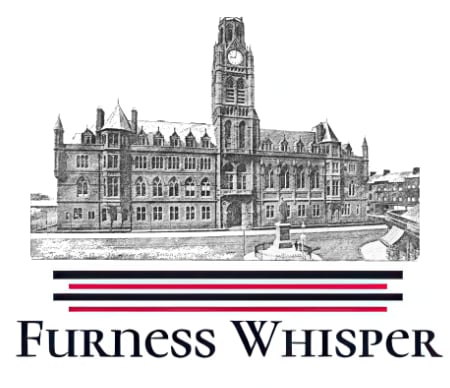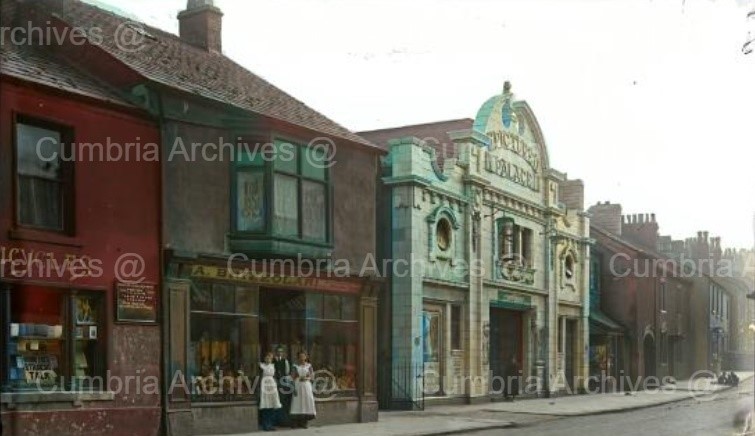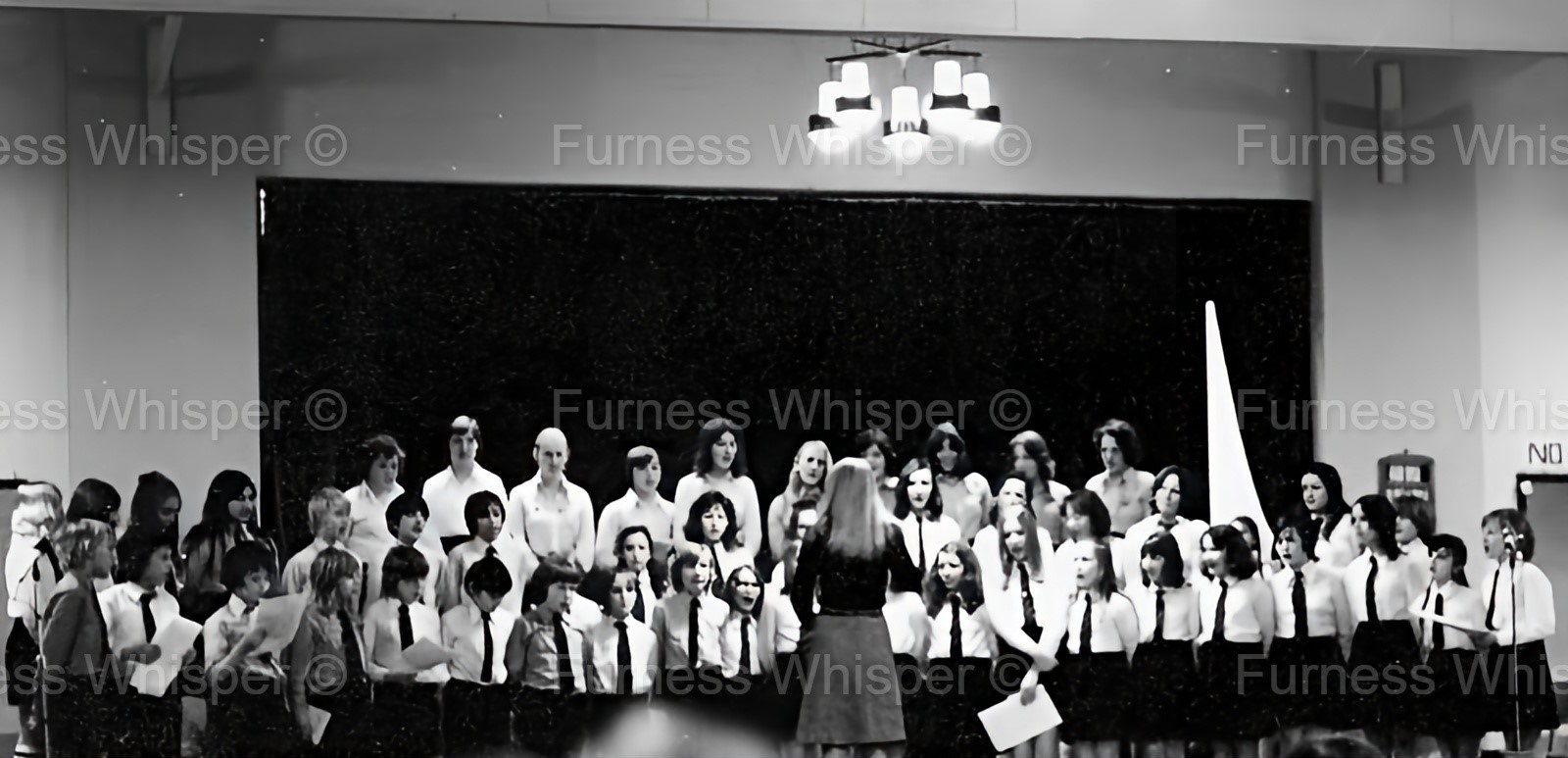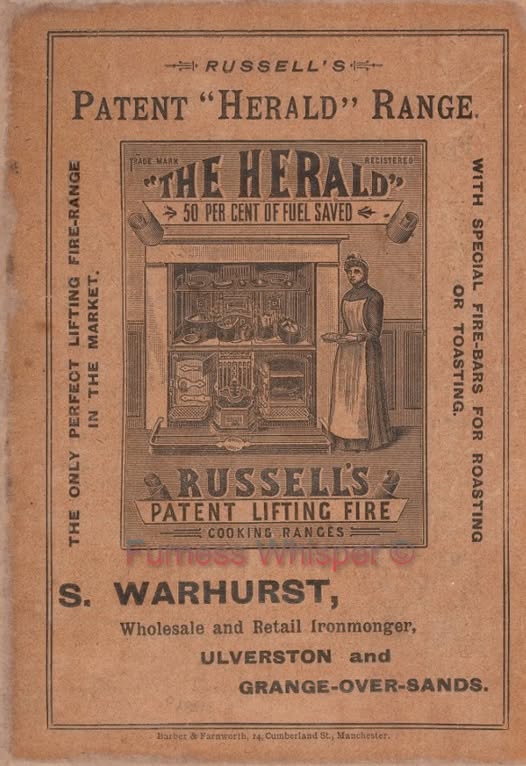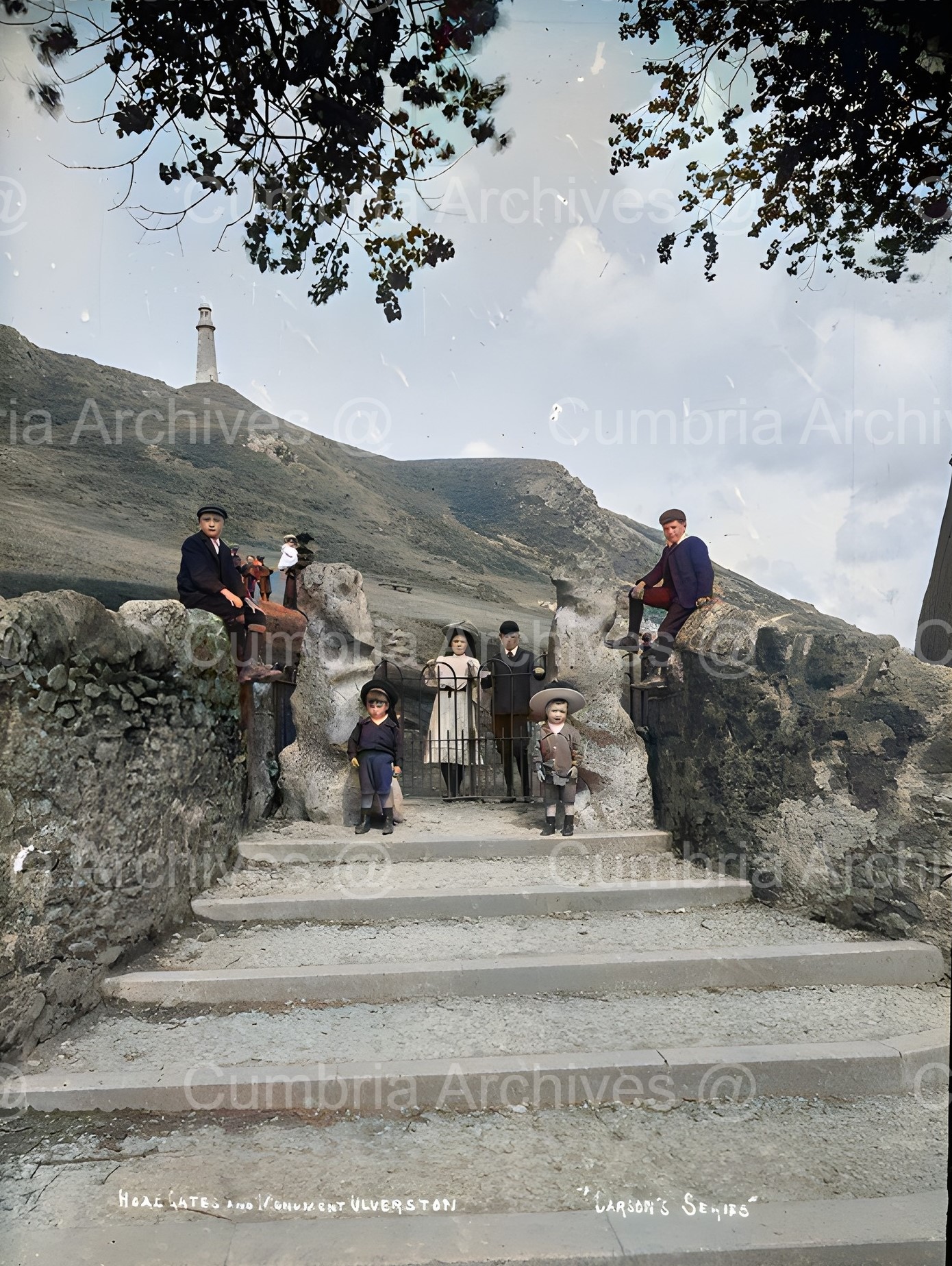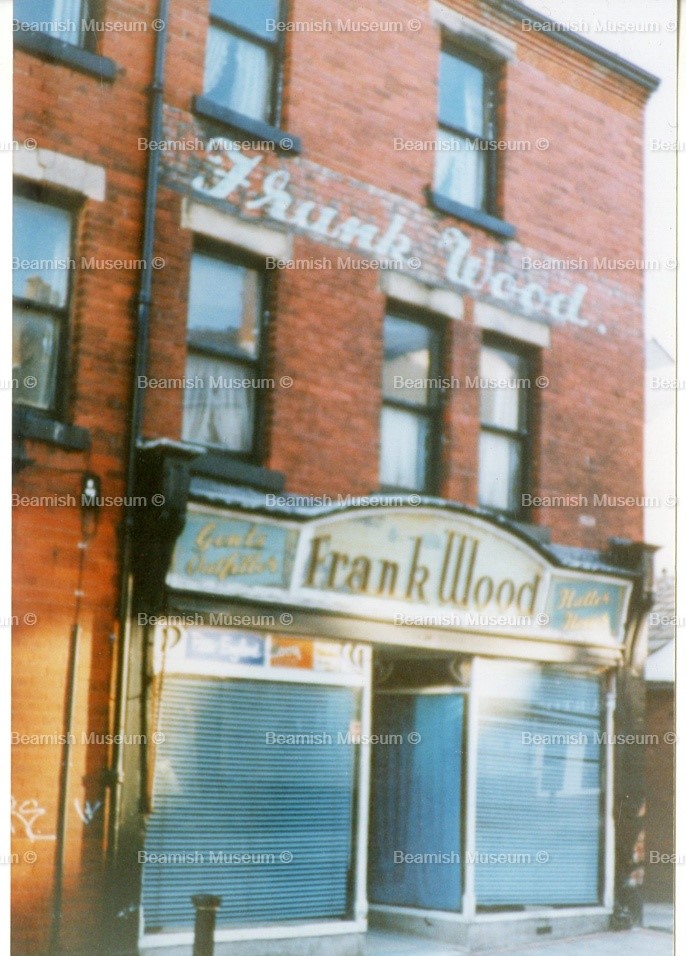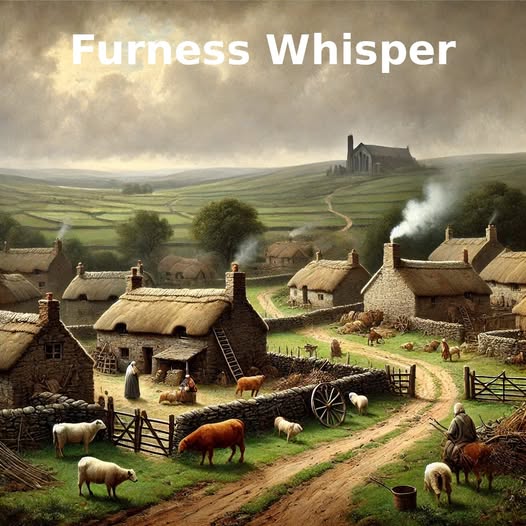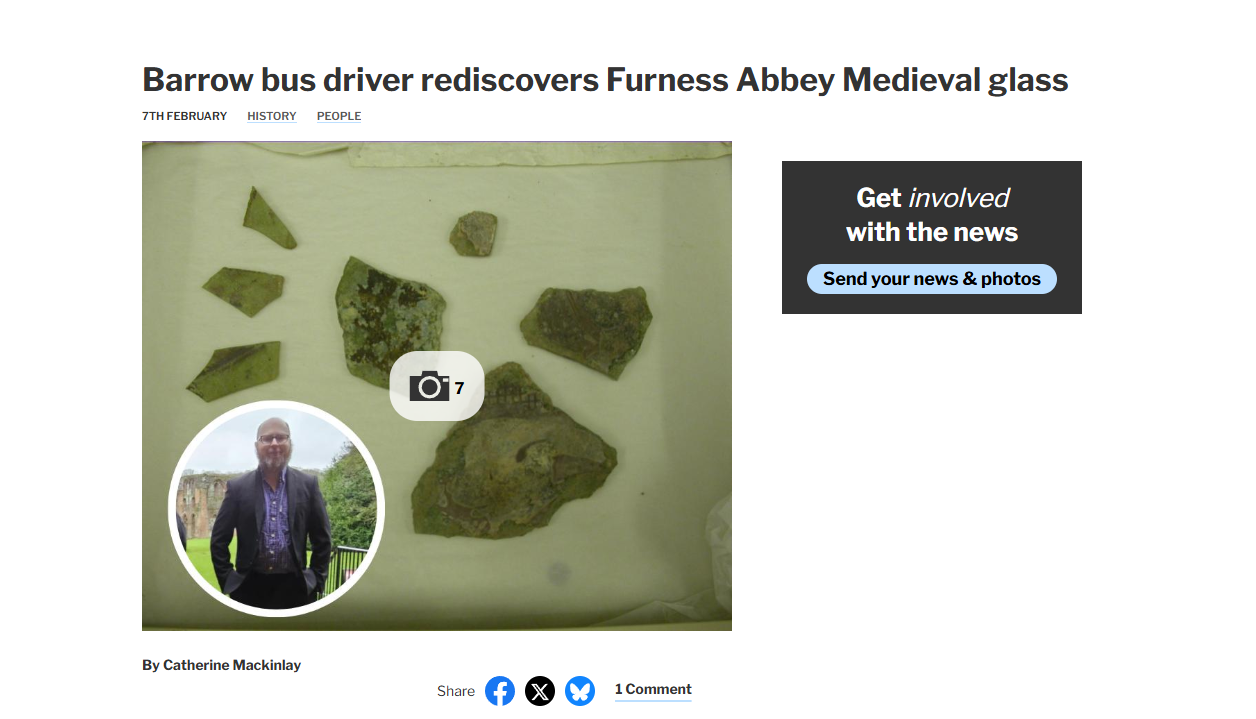By the 19th century, the area saw significant industrialisation, particularly in Barrow-in-Furness, which transformed from a fishing village to a bustling industrial town. The arrival of the Furness Railway helped the region access its rich iron ore resources, and shipbuilding quickly became the town's economic backbone. Barrow’s shipyards produced vital naval vessels during both World Wars, particularly submarines, establishing the town as a key player in Britain’s military industry. As the industrial era waned in the mid-20th century, Furness faced economic decline with the reduction in coal mining and the eventual closure of ironworks. However, the region adapted, maintaining a strong presence in submarine construction, and increasingly focusing on tourism and heritage industries. The stunning natural beauty of the region, including the proximity to Morecambe Bay and the Lake District, has made it a growing destination for outdoor enthusiasts. The region’s coastal areas, like Walney Island, attract visitors for wildlife spotting and hiking, with its status as a Dark Sky Discovery Site adding to its appeal. In terms of cultural events, Ulverston now hosts the Stan Laurel Festival, celebrating the town’s connection to the famous comedian, Stan Laurel, born there. The Stan Laurel Museum continues to be a popular attraction, drawing fans of comedy from around the world. The region also embraces its arts scene, with local galleries and performance spaces promoting contemporary art and theatre, helping to preserve the community spirit that has always defined the area. Today, Furness retains a strong sense of community and pride in its heritage, combining its rich industrial past with a growing focus on culture, arts, and tourism, making it a fascinating and welcoming part of Cumbria.
These are the whispers of Furness, a land steeped in history and legend. A place where Vikings once sailed, their longboats slicing through the icy waters of the Irish Sea, leaving behind echoes of their raids and settlements. Where monks chanted ancient prayers in the hallowed halls of Furness Abbey, their voices mingling with the wind that still sweeps through the ruins. Where industry forged a nation, the fiery breath of the ironworks illuminating the night sky, a testament to the ingenuity and toil of generations.
Open your eyes and step into a world of forgotten alleyways and grand estates, where the echoes of laughter and sorrow mingle in the air. Explore the hidden corners of Furness, from the bustling shipyards of Barrow, where mighty vessels took shape, to the quiet beauty of the Duddon Estuary, where herons stalk the shallows and the tide whispers secrets to the shore.
Wander through the ruins of Furness Abbey, imagining the monks pacing the cloisters, their robes rustling like whispers in the wind, their legacy etched in the stones. Picture the grandeur of Piel Castle, where kings once held court and smugglers sought refuge, its weathered stones standing sentinel against the crashing waves, whispering tales of sieges and storms.
Lose yourself in the maze of streets in Dalton, where whispers of ancient markets and medieval fairs still linger in the air, conjuring images of bustling crowds and vibrant trade. But don’t stop there. Venture to Ulverston, where the laughter of Laurel and Hardy echoes through the cobbled streets, and the canal whispers of a bygone era of bustling trade. In Backbarrow, feel the rumble of the old gunpowder works, a reminder of the industry that once shaped this land, its legacy woven into the very fabric of the hills.
Explore the quaint villages of Furness, each with its own unique story to tell. Kirkby-in-Furness, with its ancient church and market cross, whispers of a time when life revolved around the rhythm of the seasons. Broughton-in-Furness, nestled amidst rolling hills, whispers of farming communities and rural traditions. And on Walney Island, the wind carries whispers of shipwrecks and rescues, of life on the edge of the land, where the sea is both a lifeline and a threat.
Furness Whispers invites you to journey through time, to uncover the hidden stories woven into the fabric of this land. Each stone, each building, each whisper on the wind holds a piece of the past, waiting to be discovered.
History of Furness
Readers Feedback
Such a wonderful Facebook Group. Full of history, told in a most exciting and intriguing way.
Good to find someone on-line who knows what they are talking about when it comes to local history.
Amazing local historian
Thank you! My mothers family was from Dalton and emigrated to the US in 1832. I come from a long line of ancestors around the Furness area and really enjoy and appreciate the work you do! I love a good mystery!
Latest Local History News
Roxy Cinema and Bingo Hall: A Storied History of Dalton-in-Furness’s Iconic Venue
- 0
- No Comments
The Lighthouse Without a Light: The Sir John Barrow Monument of Ulverston
- 0
- No Comments
Fashion Felons, Grab Your Magnifying Glasses! The Curious Case of Frank Wood’s Hat Shop!
- 0
- No Comments

Furness Whisper is more than just a blog about local history – it's a platform for curiosity, exploration, and shared discovery. I delve deep into the rich history of the Furness region, uncovering stories and facts that have shaped the area, and I invite you to join me on this journey of learning. My aim isn’t to present definitive answers but to spark a dialogue. I want to challenge my own understanding, inspire you to share your unique perspectives, and encourage you to conduct your own research. We all have something to teach and something to learn, and by engaging with each other’s stories, we can create a fuller, more nuanced picture of the past. Furness Whisper is a place where history comes alive through collective curiosity. Let’s discover, question, and grow together!
History is Full of Surprises: The more you delve into local history, the more you realise how much there is to uncover! Even well-known events and locations can have surprising twists and hidden stories. It’s a reminder that no matter how much we think we know, there’s always more to discover if we stay curious and open to new ideas.
Every Perspective Matters: What you might consider a small or insignificant historical detail could be a major discovery for someone else. History isn’t just about the facts; it’s about understanding the experiences and perspectives of the people who lived through it. The more people contribute their unique viewpoints, the richer the story becomes.
Local Myths Can Inspire Real Discoveries: Sometimes, folklore and local myths hold clues to historical truths. While not every legend may be entirely accurate, they can guide you to places, events, or lost histories that might otherwise be forgotten. Let your imagination lead you as much as your research does!
History is a Shared Journey: Local history isn’t just about one person’s understanding—it’s about building a collective knowledge. When we share our research and engage in discussions, we all benefit. By challenging each other’s findings and sharing new perspectives, we create a more complete and dynamic picture of the past.
